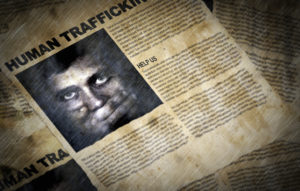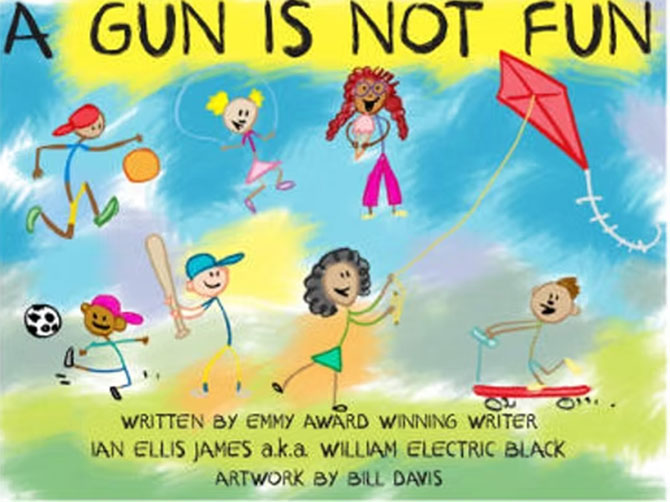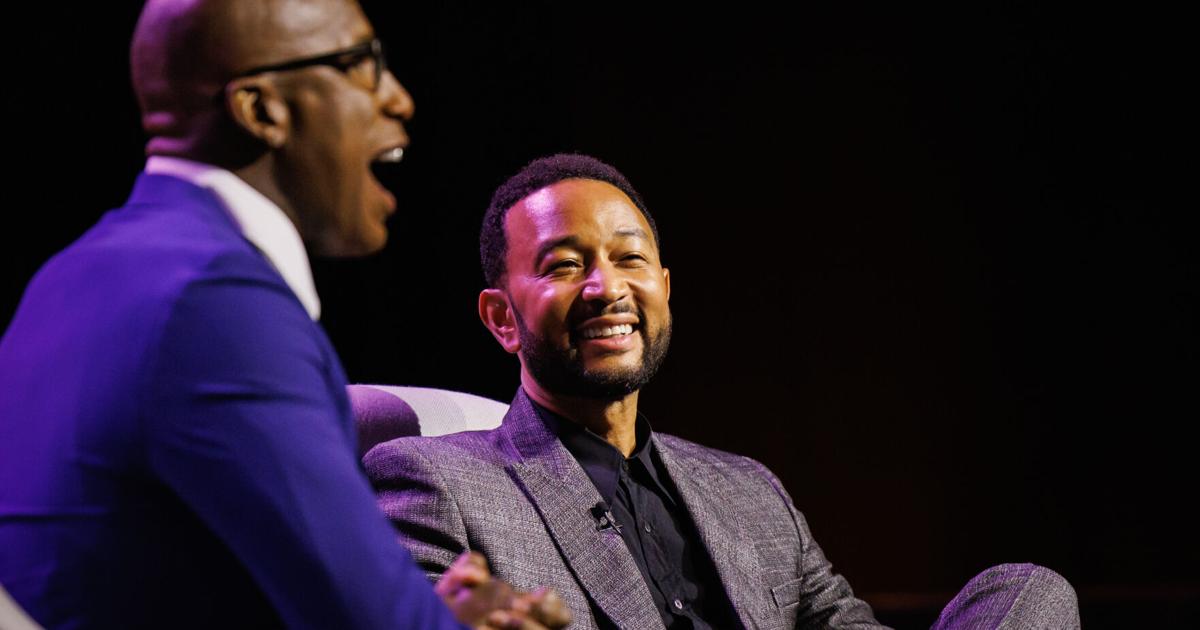Margeaux Gray was just four years old when she was first sexually assaulted, but that was only the beginning.
For the next 14 years of her life, she was sold into domestic, child sex trafficking by her assaulter —who also happened to be a formerly trusted adult in her life.
“Most people think that when a human trafficking victim leaves their situation, they are saved,” Gray said. “However, my situation began 20 years ago and continues until this day.”
On Friday, Oct. 28, “Wake Forest Law Review” hosted their fall symposium titled “Combatting Human Trafficking: Current Trends and Cutting Edge Issues.” The symposium was held to discuss policies and practices that have been put in place to address human trafficking, as well as uncover new solutions that would protect victims and prosecute traffickers.
Some of the speakers included John Cotton Richmond and Victor Boutros, the founding directors of the Human Trafficking Institute; Christine Raino, director of public policy at Shared Hope International; and Margeaux Gray, a survivor of human trafficking and a part of the National Survivor Network.
“I don’t share my story, my voice, because I enjoy it,” Gray said. “It is not easy, but I do it because of you, for you. I believe that each one of you can help.”
Over 20.9 million people are victims of human trafficking globally, 93 percent of those within the developing world. There is a misconception that this practice happens solely in the impoverished and poorly educated parts of the world — places far beyond our reach that simply don’t have the same values as we do. On the contrary, it happens right here in North Carolina.
“We don’t realize it happens here and just as much as in other countries,” senior Allie Eyers said.
According to the National Human Trafficking Resource Center, there have been 140 human trafficking cases reported just this year in North Carolina and 716 since 2007. However, these cases are only those that have been reported and successfully diffused. Since 2007, the total number of victims just within North Carolina is estimated as high as 1,734.
“I think the fact that this is about what is happening in North Carolina, because sure, it’s easy to place it in another country but that it’s such a big issue here makes it all the more powerful,” said senior Caroline Benson said.
Trying to identify and protect those victims of human trafficking is one of the biggest challenges. When it comes to defining and having a standard in regards to protective provisions for child victims, Raino believes that there is still much work to be done.
“As of this year, every state has criminalized child-sex trafficking,” Raino said. “As a country, however, we are not using the same definition of child-sex trafficking, making the definition of the victim inconsistent.”
Lacking definition becomes problematic when prosecuting traffickers and protecting victims from beings demonized or seen as needing prosecution by the law. Human trafficking must be separated from prostitution. Many who attended the symposium feel that the lack of discussion and understanding of the immediacy and prevalence of the issue of modern day slavery cast shadows on the issue.
“Victims are young children, teenagers, men and women,” said Judge Joseph Colquitt. “They can be found in numerous and varied places, often hiding in plain sight.”
Gray was a slave in human trafficking for 14 years. She wasn’t locked away in a dark basement or brought to an exotic or unknown location. She was going to school and interacting with peers. She was living an outwardly normal life, even though behind closed doors, her life was one of isolated pain and suffering.
















